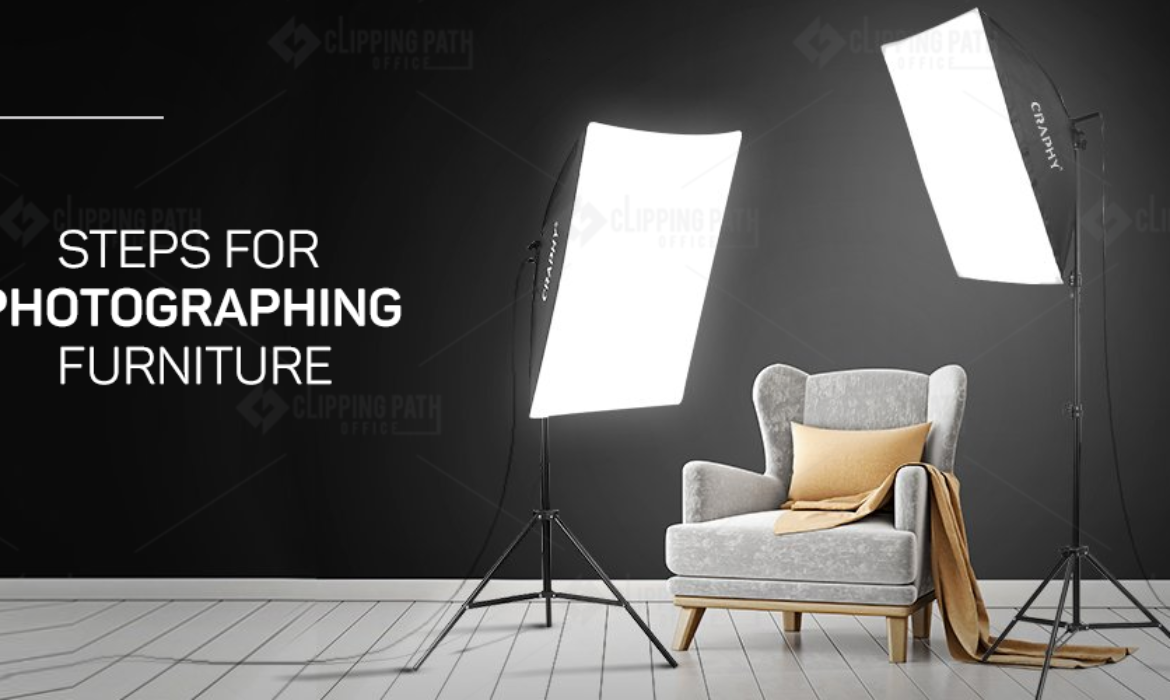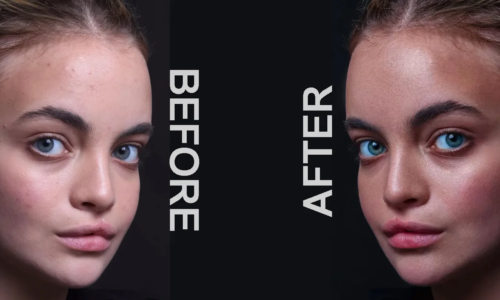In the competitive world of online retail, captivating product photography is essential for showcasing DIY furniture and attracting potential customers. Whether you’re a small business owner or a passionate DIY enthusiast, these seven steps will guide you in optimizing your furniture product photography to create compelling and professional visuals.
1. Plan Your Setting and Style
Contents
Before diving into the photography process, establish a clear vision for your product images. Consider the style that aligns with your brand or the specific aesthetic you want to convey. Choose a setting that complements the furniture – it could be a well-lit room, a neutral background, or even an outdoor space. Planning ahead ensures consistency across your product catalog.
2. Prepare and Style Your Furniture
Ensure that your DIY furniture is clean, well-assembled, and free of any imperfections. Pay attention to small details such as loose screws or uneven surfaces. Style the furniture with complementary decor items, but avoid clutter. The goal is to highlight the features and craftsmanship of the piece while creating an appealing visual context.
3. Invest in Quality Lighting
Proper lighting is the cornerstone of successful product photography. Natural light is ideal, so position your furniture near large windows or shoot outdoors when weather permits. If natural light isn’t sufficient, consider investing in softbox lights or diffusers to create a well-lit and evenly illuminated environment. Avoid harsh shadows that can distract from the details of your furniture.
4. Choose the Right Camera and Settings
While professional DSLR cameras offer optimal results, modern smartphones with advanced cameras can also produce high-quality images. Whichever device you choose, pay attention to settings like focus, exposure, and white balance. Use a tripod to ensure stability and experiment with different angles to find the most flattering perspectives for your furniture.
5. Focus on Composition and Framing
Compose your shots thoughtfully to showcase the furniture’s key features. Experiment with different angles, capturing close-ups of intricate details and wider shots to show the piece in its entirety. Follow the rule of thirds for balanced compositions, and leave some negative space to prevent overcrowding. Consistent framing across your product images maintains a cohesive look.
6. Post-Processing and Editing
After capturing your images, use post-processing tools to refine and enhance the final results. Adjust brightness, contrast, and color balance to ensure accurate representation of your furniture. Remove any distracting elements and consider retouching to address minor imperfections. Aim for a clean and polished appearance without sacrificing the authenticity of your DIY creations.
7. Create a Consistent Brand Aesthetic
Maintain a consistent look across your product photography to establish a recognizable brand aesthetic. This consistency helps build trust with customers and creates a cohesive shopping experience. Use similar backgrounds, lighting styles, and editing techniques to tie your product images together, fostering a professional and cohesive brand identity.
Bonus Tips:
Showcase Functionality:
Include images that demonstrate the functionality of your DIY furniture. For example, if it’s a folding table or a modular shelf, showcase different configurations.
Highlight Unique Features:
Emphasize any unique design elements or craftsmanship that set your DIY furniture apart from the competition.
Offer Different Perspectives:
Provide a variety of images, including close-ups, 360-degree views, and lifestyle shots to give customers a comprehensive understanding of your furniture.
Encourage User-generated Content:
If possible, encourage customers to share their own photos of your DIY furniture. User-generated content adds authenticity and can be used in your marketing efforts.
By following these seven steps and incorporating the bonus tips, you’ll be well-equipped to optimize your DIY furniture product photography. Remember, the goal is not only to showcase the physical attributes of your creations but also to tell a compelling visual story that resonates with your audience and elevates your brand.







